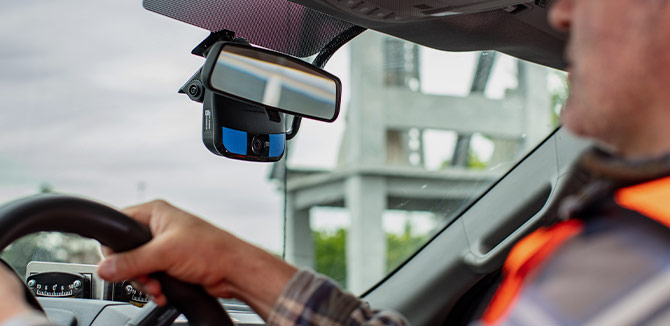

Title: The Influence of Dashcams and Smartphones on Contemporary Accident Documentation
Introduction
In recent times, the surge in dashcams and smartphones has significantly altered the realm of accident documentation. These technologies have emerged as vital assets for drivers, law enforcement, and insurance entities, supplying real-time proof and improving the precision of accident reports. This article delves into the influence of dashcams and smartphones on contemporary accident documentation, emphasizing their advantages and possible challenges.
The Ascent of Dashcams
Dashcams, or dashboard cameras, have become increasingly favored by drivers globally. Affixed to a vehicle’s dashboard or windshield, these devices consistently record the road ahead, capturing essential footage when an accident occurs. The ascent of dashcams can be credited to their cost-effectiveness, user-friendliness, and the growing need for dependable evidence in traffic incidents.
Advantages of Dashcams
1. Impartial Evidence: Dashcams deliver objective, real-time footage that can be pivotal in establishing fault during accidents. This impartial evidence can prove crucial in legal actions and insurance claims, minimizing disputes and promoting quicker resolutions.
2. Prevention of Fraud: Dashcams assist in deterring fraudulent claims by documenting the authentic sequence of events. This is especially vital in instances of staged accidents or fictitious injury claims, where video proof can unveil dishonest practices.
3. Improved Driver Accountability: Awareness of being recorded may encourage drivers to engage in safer behavior, potentially lessening the chances of accidents. Dashcams can also serve to assess driving habits and enhance skills.
Smartphones: An Omnipresent Tool
Smartphones have become a vital element of everyday life, and their significance in accident documentation is substantial. Fitted with high-resolution cameras and GPS features, smartphones provide a versatile platform for capturing and disseminating accident-related information.
Advantages of Smartphones
1. Immediate Documentation: Smartphones allow users to swiftly document accident scenes via photos and videos. This prompt documentation can secure vital details like vehicle placements, road conditions, and visible damages, which might change or vanish with time.
2. GPS and Timestamping: Smartphones automatically log the location and timing of photos and videos, supplying critical context for accident reports. This information can validate witness accounts and aid in reconstructing events.
3. Communication and Reporting: Smartphones enhance swift communication with emergency services, insurance firms, and legal advisors. Accident victims can relay real-time information, accelerating response times and claim processing.
Challenges and Considerations
While dashcams and smartphones present numerous benefits, their application in accident documentation does not come without challenges. Issues of privacy emerge from continuous recording in public areas, and legal stipulations regarding the admissibility of video evidence differ across jurisdictions. Moreover, the risk of tampering or selective editing of footage should be taken into account.
Conclusion
Dashcams and smartphones have transformed accident documentation by offering reliable, real-time evidence that boosts the accuracy and efficiency of reporting. Their widespread utilization has led to more transparent and equitable results in accident investigations and insurance claims. Nevertheless, as technology advances, it is essential to tackle privacy concerns and establish clear legal guidelines to ensure the responsible application of these powerful tools.






